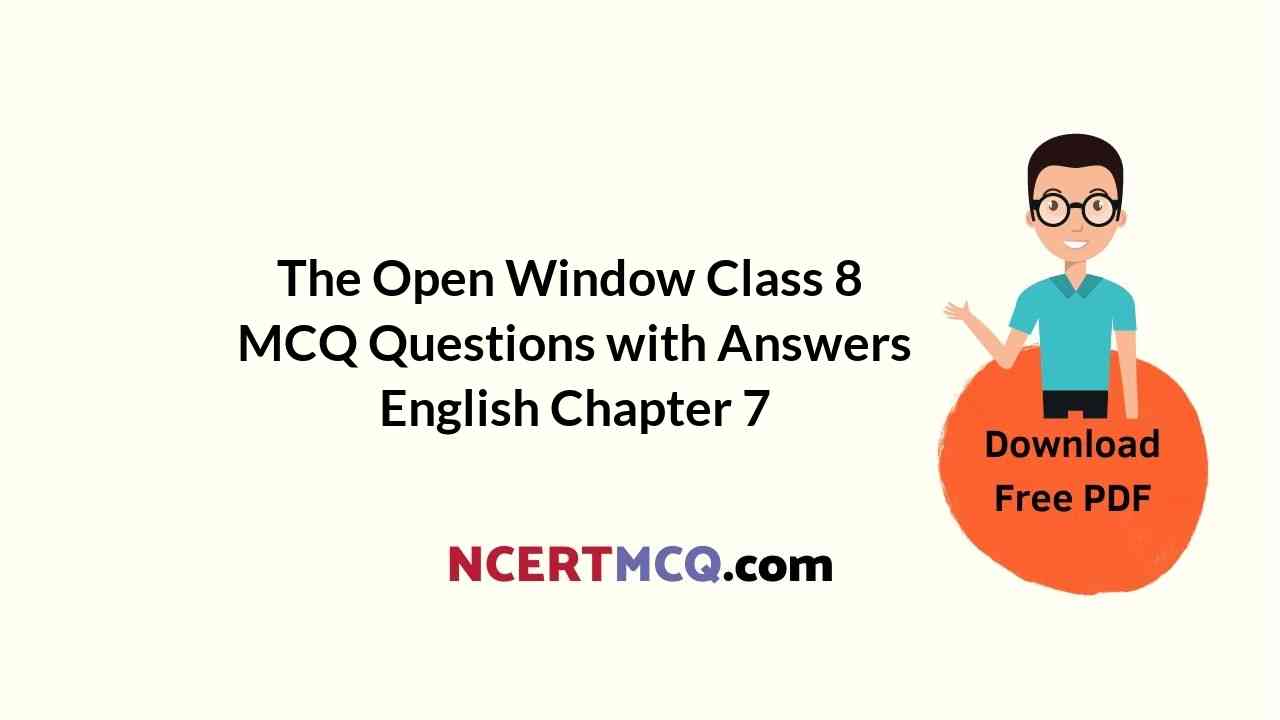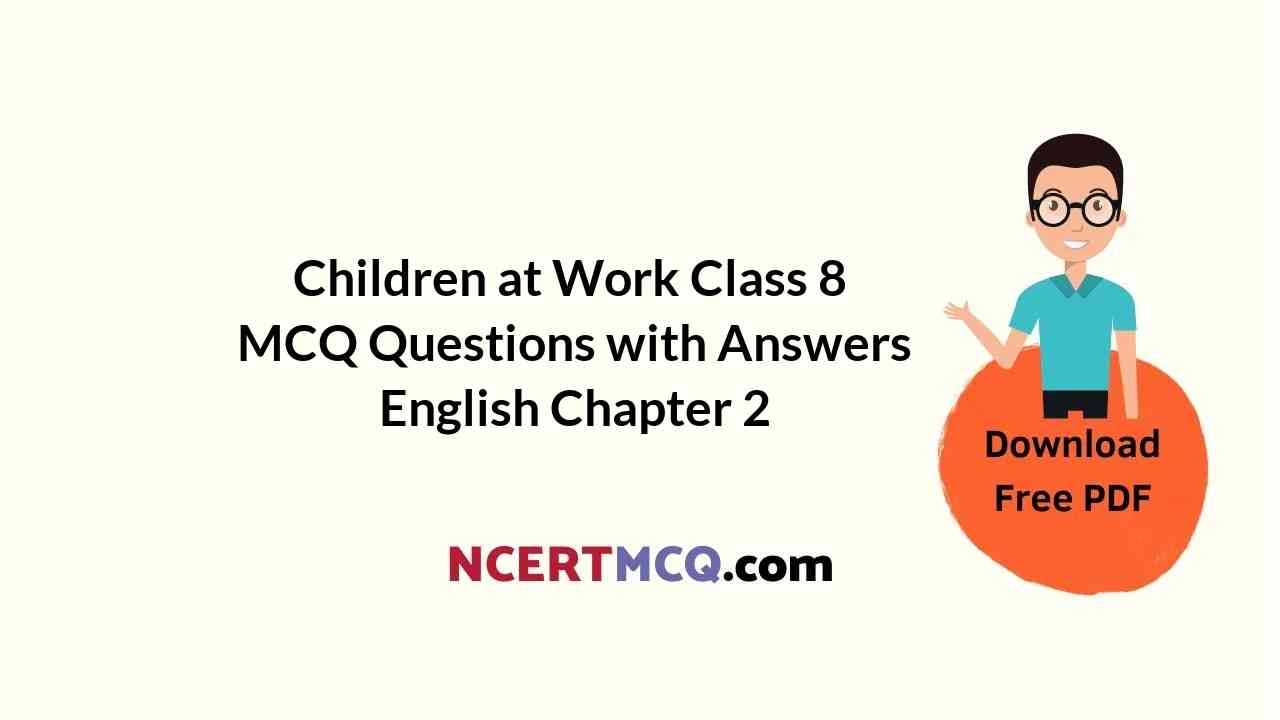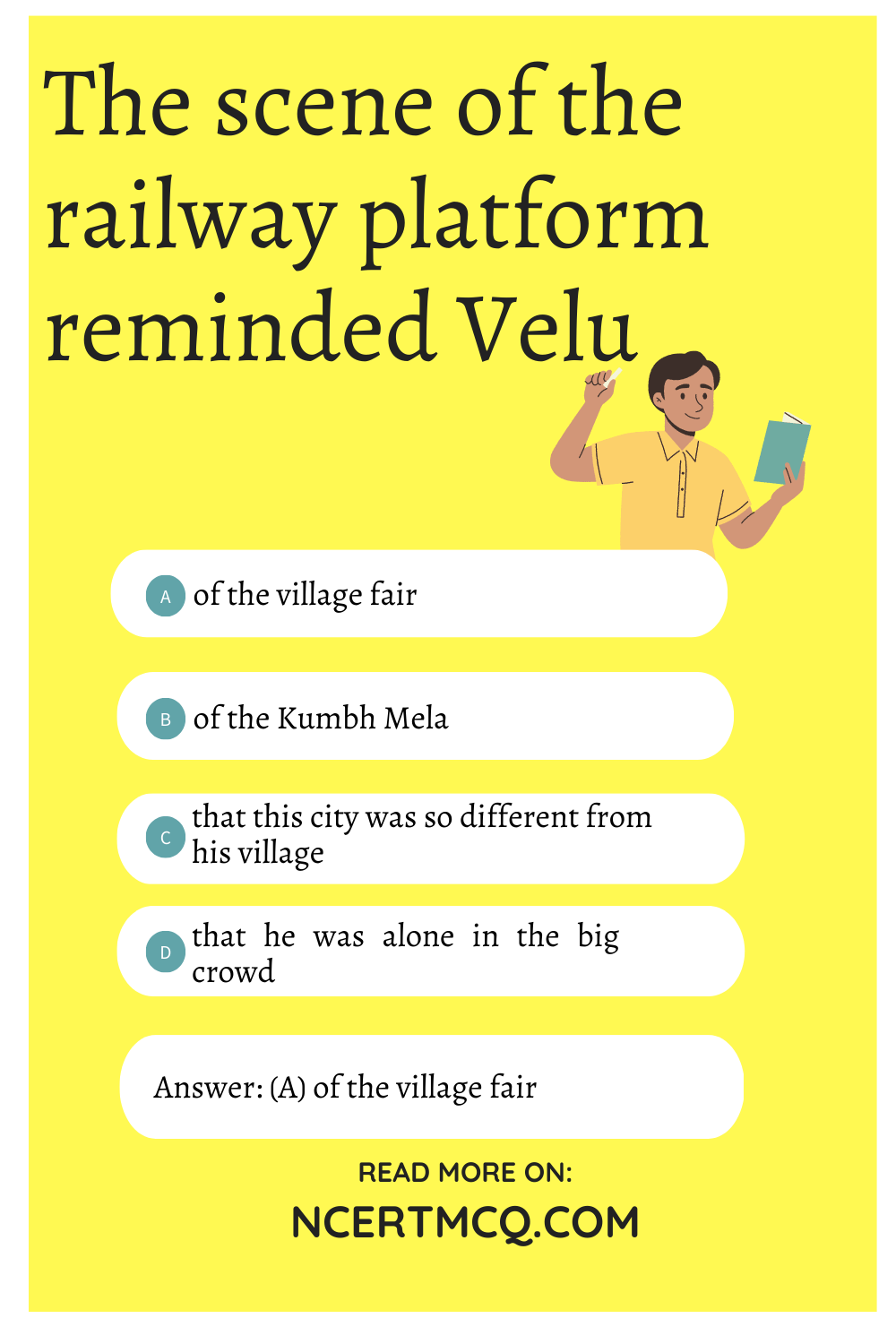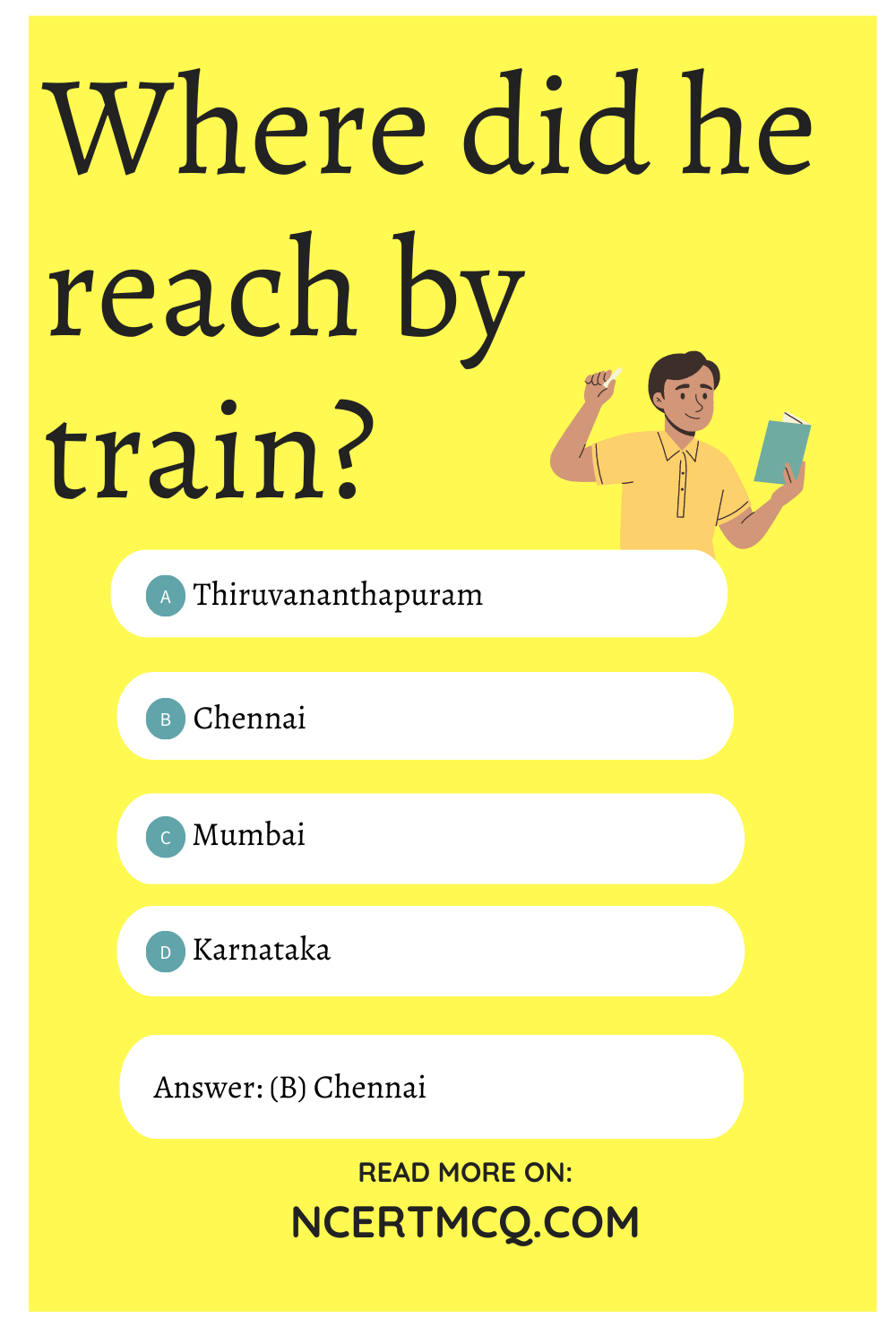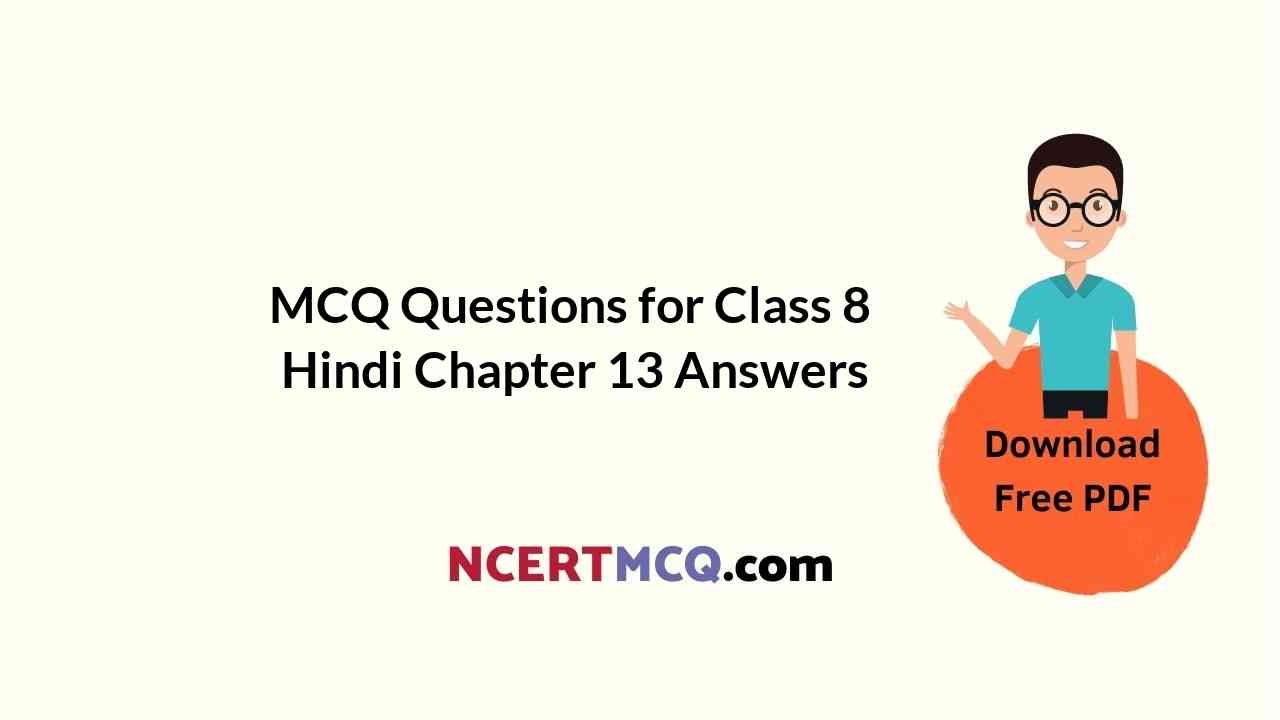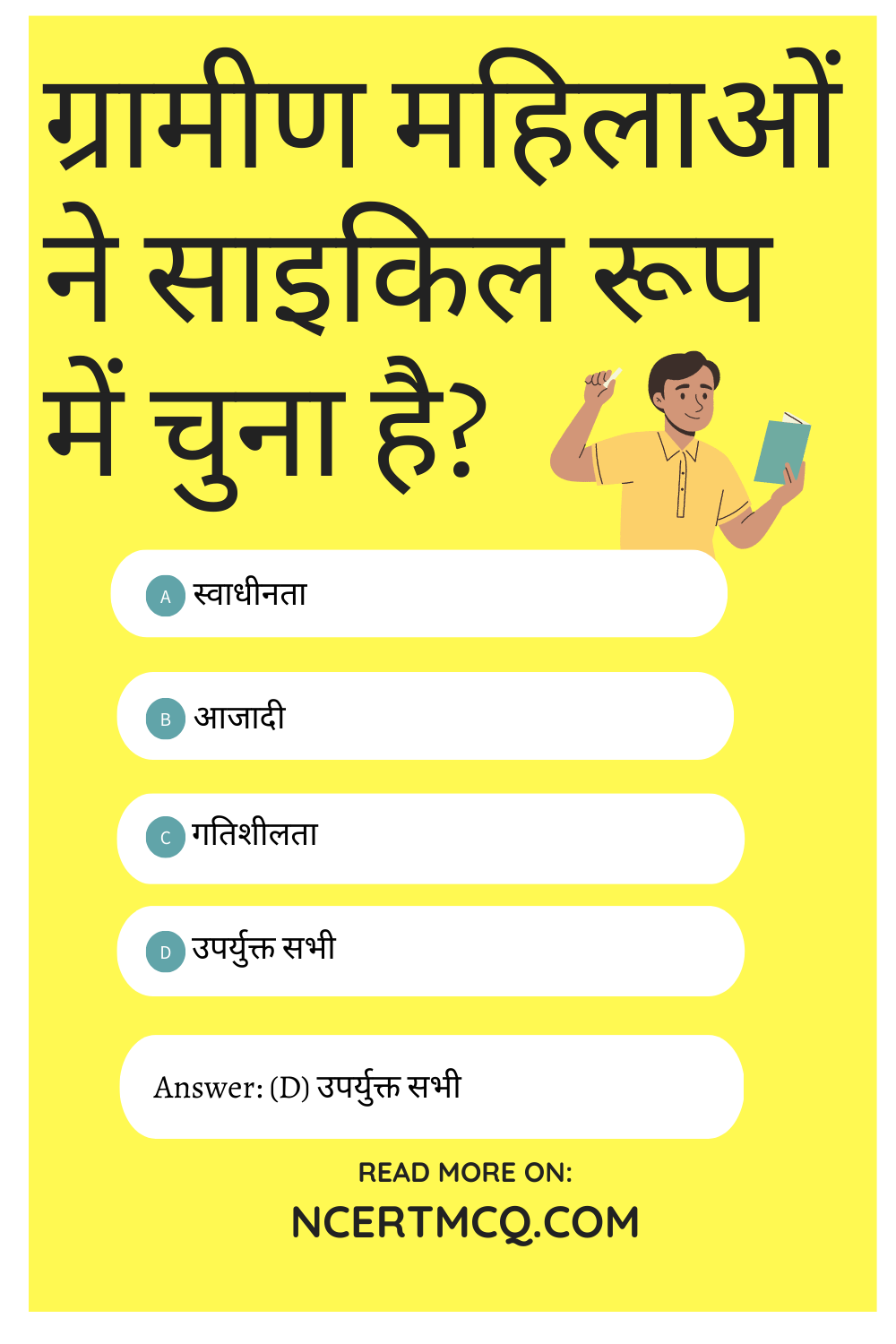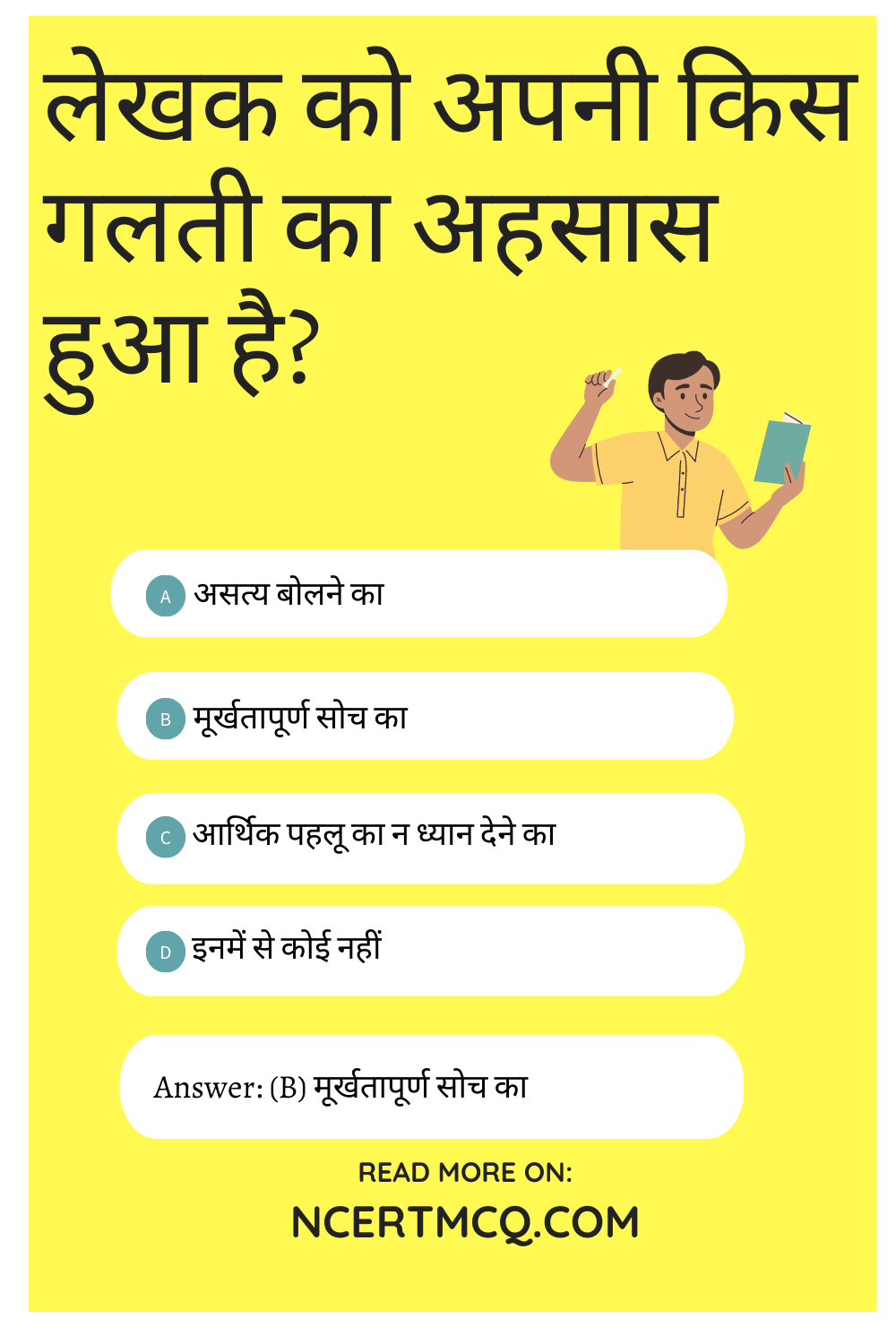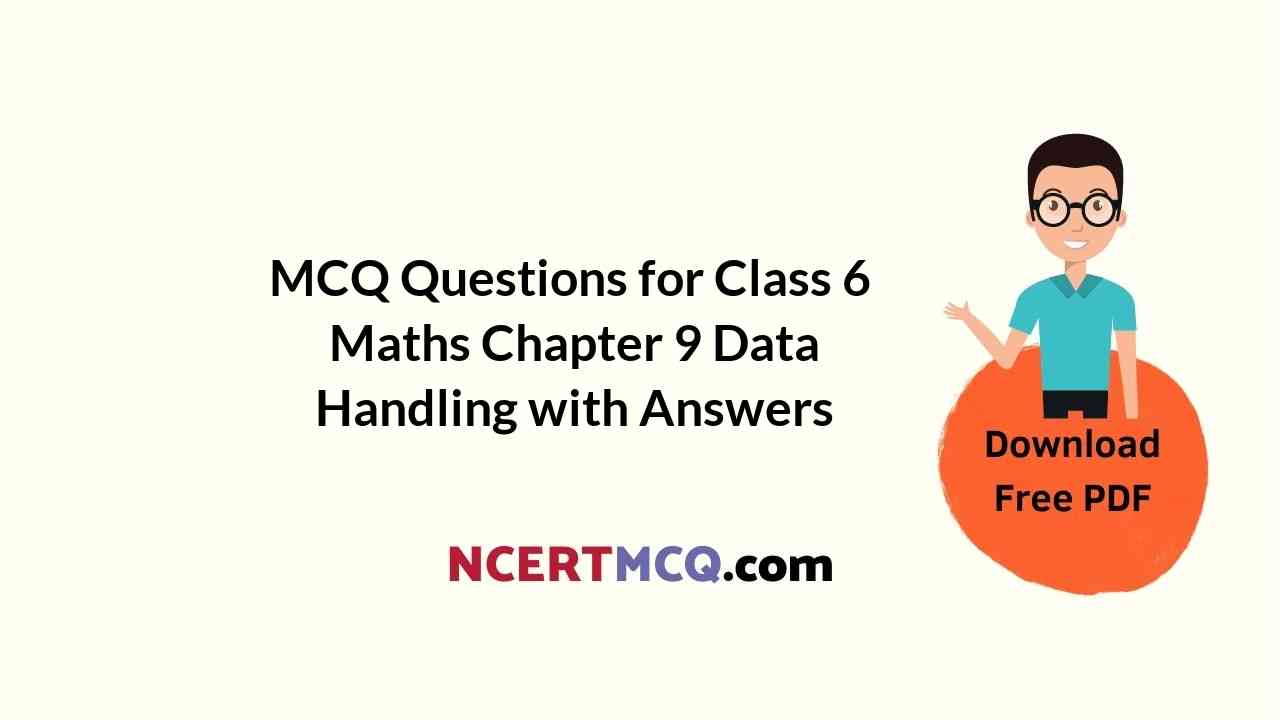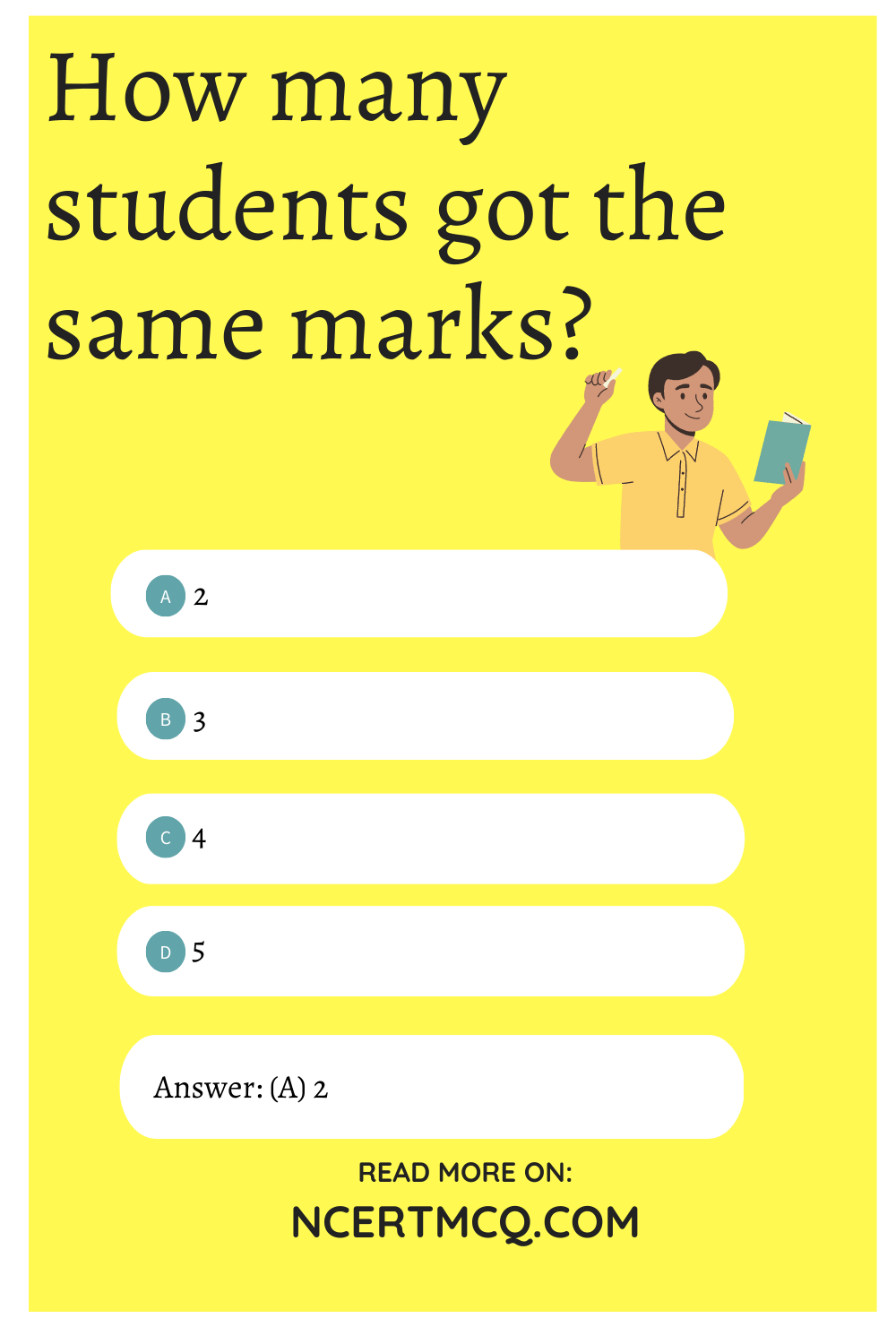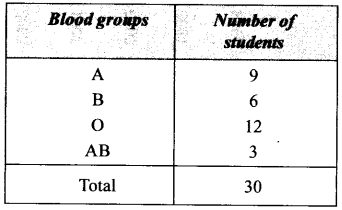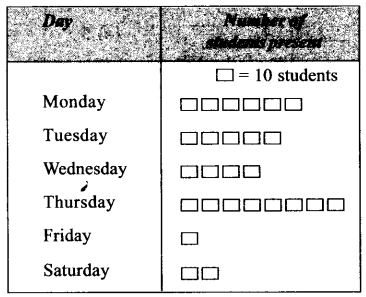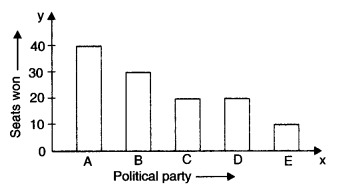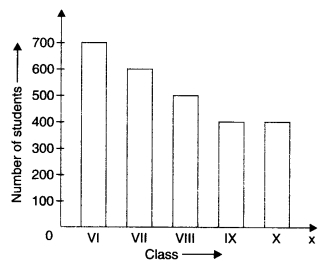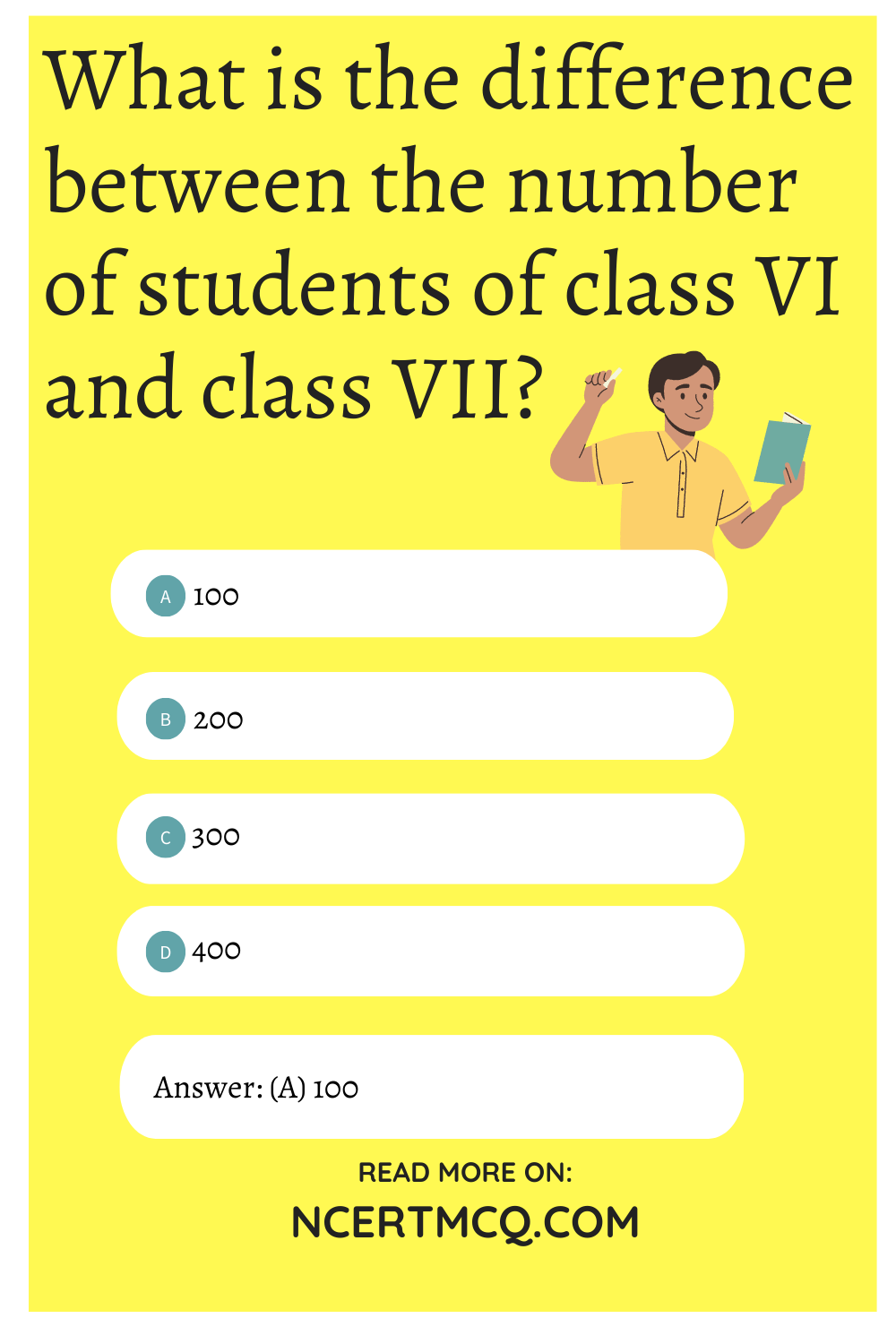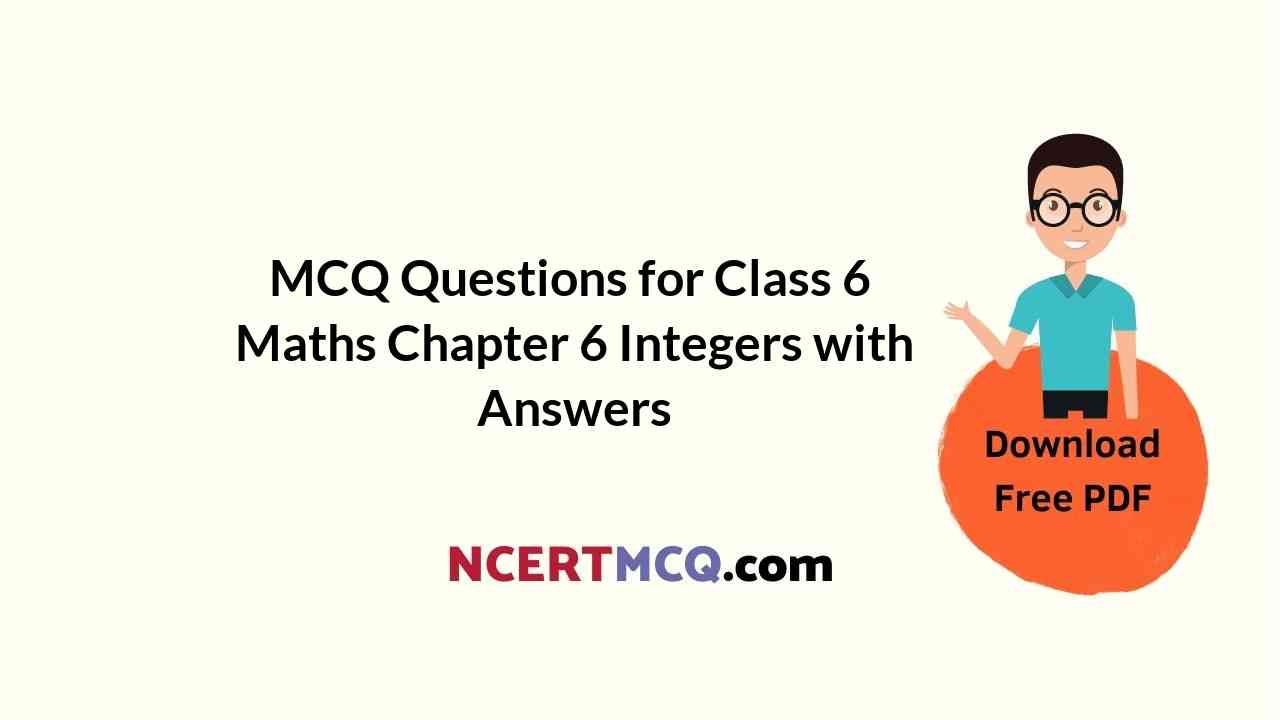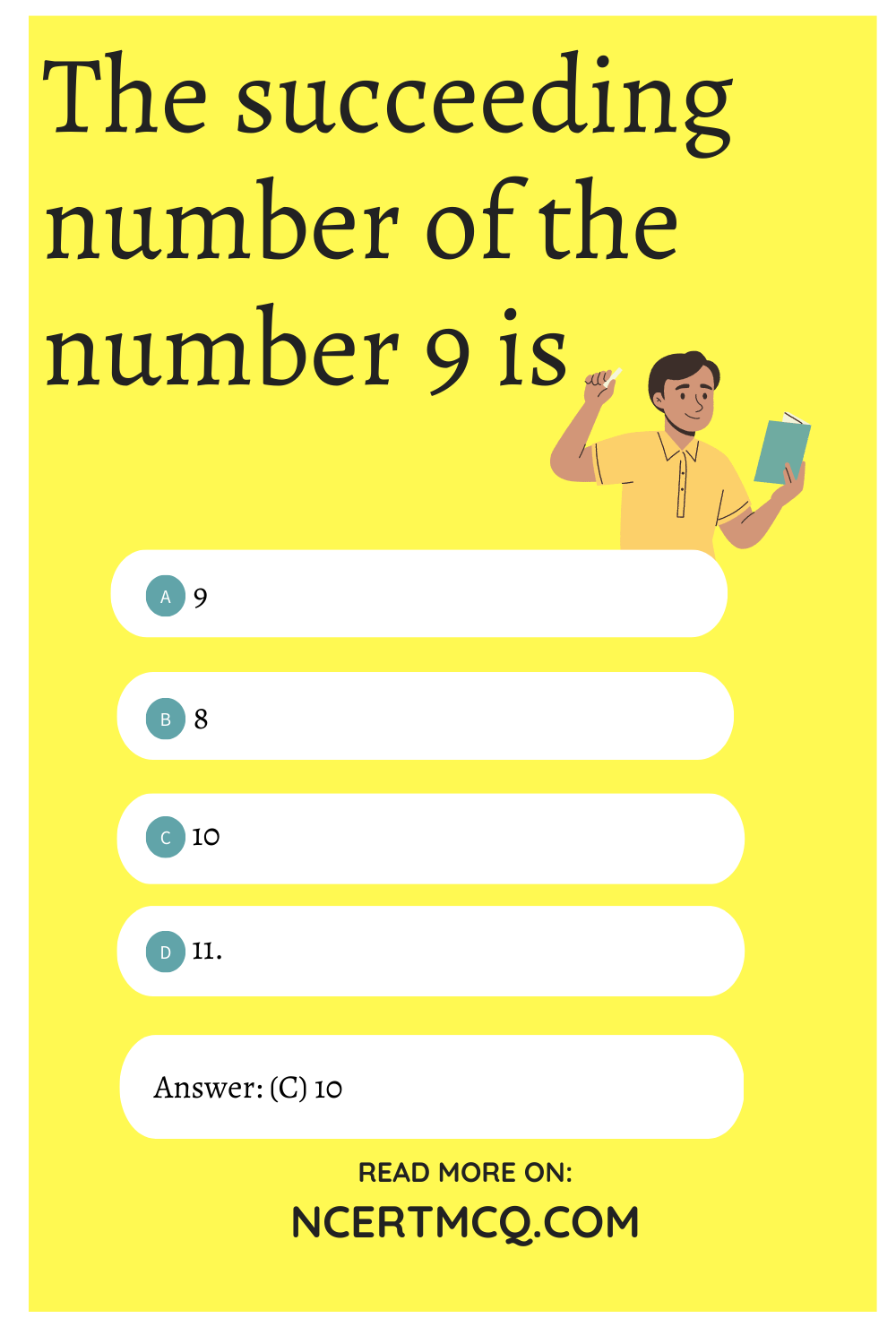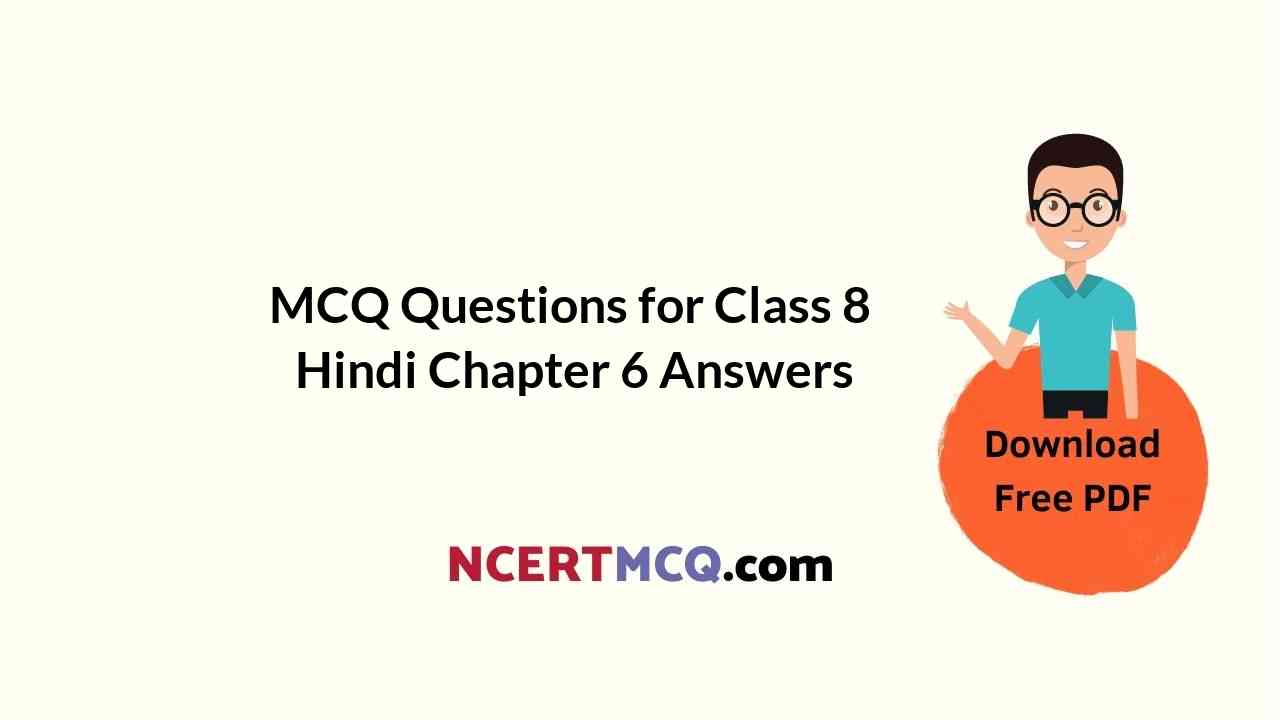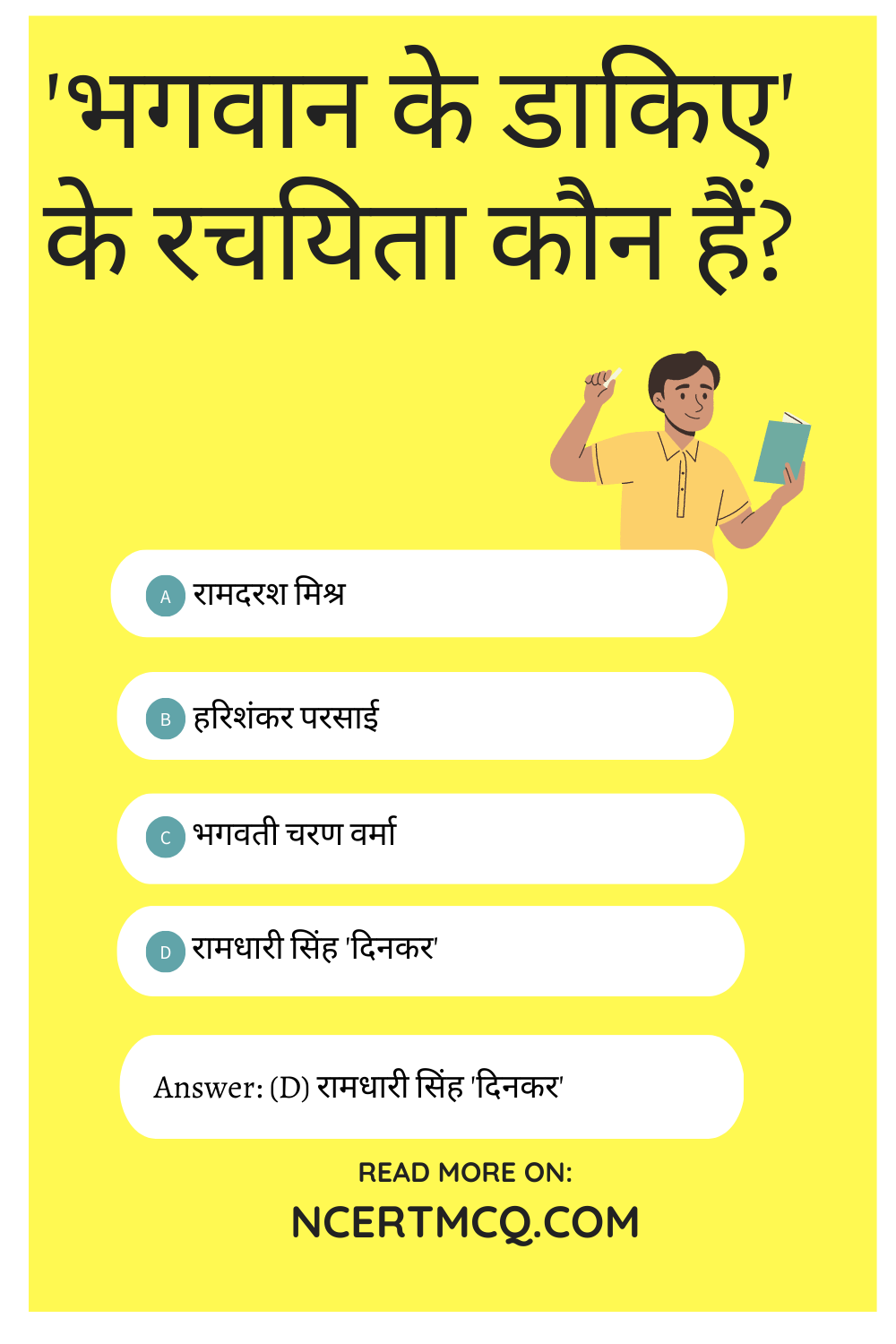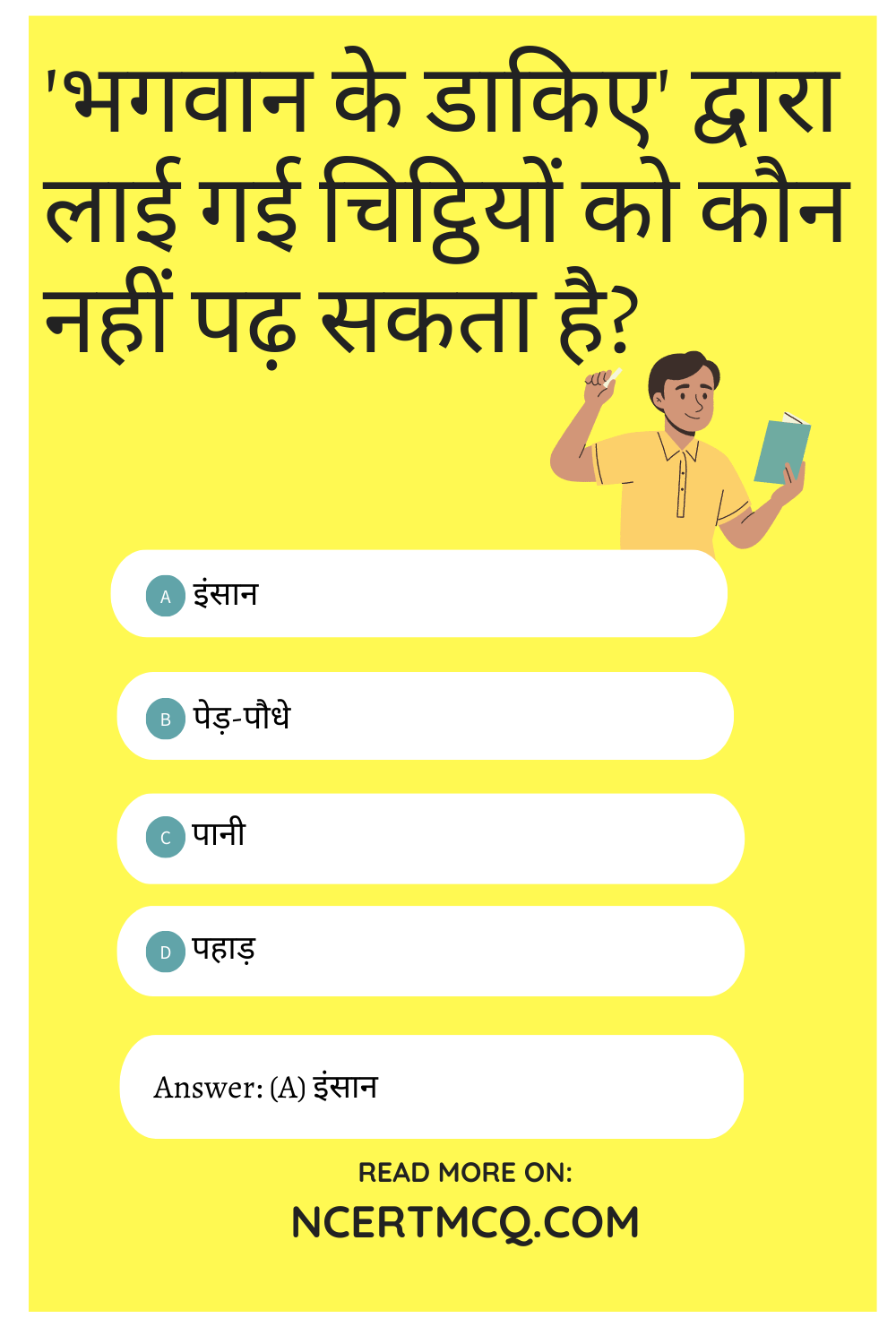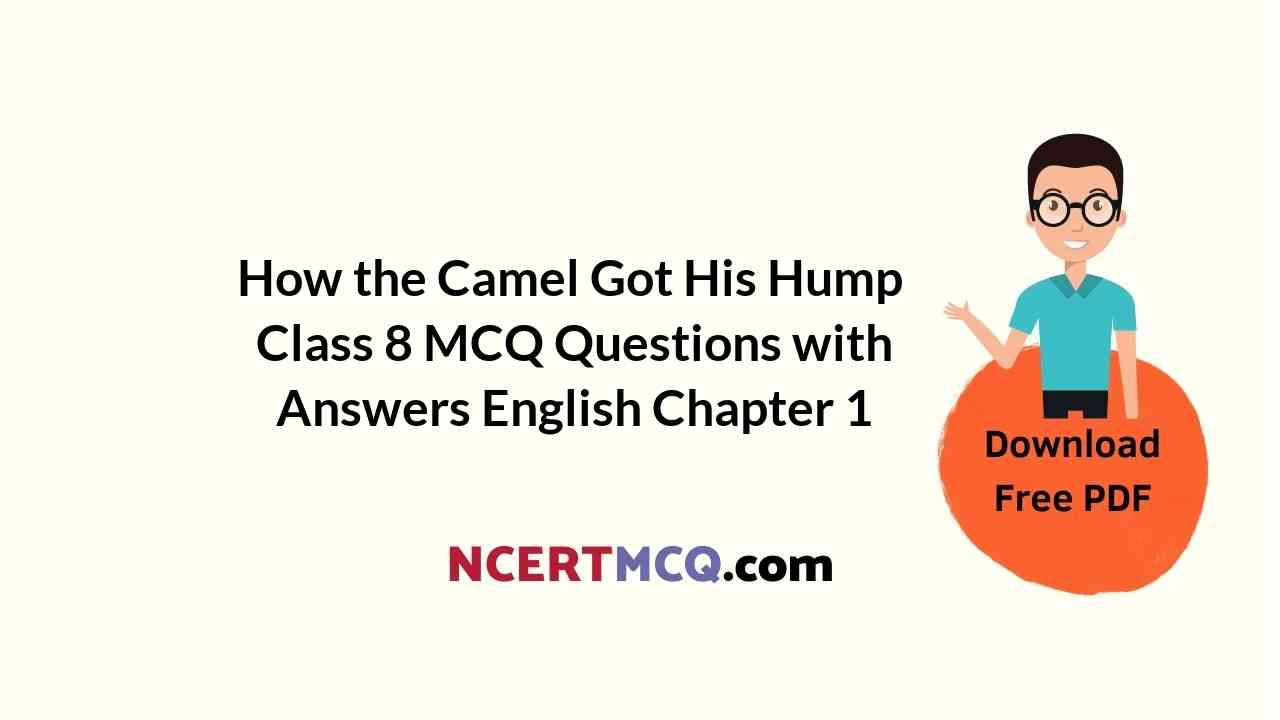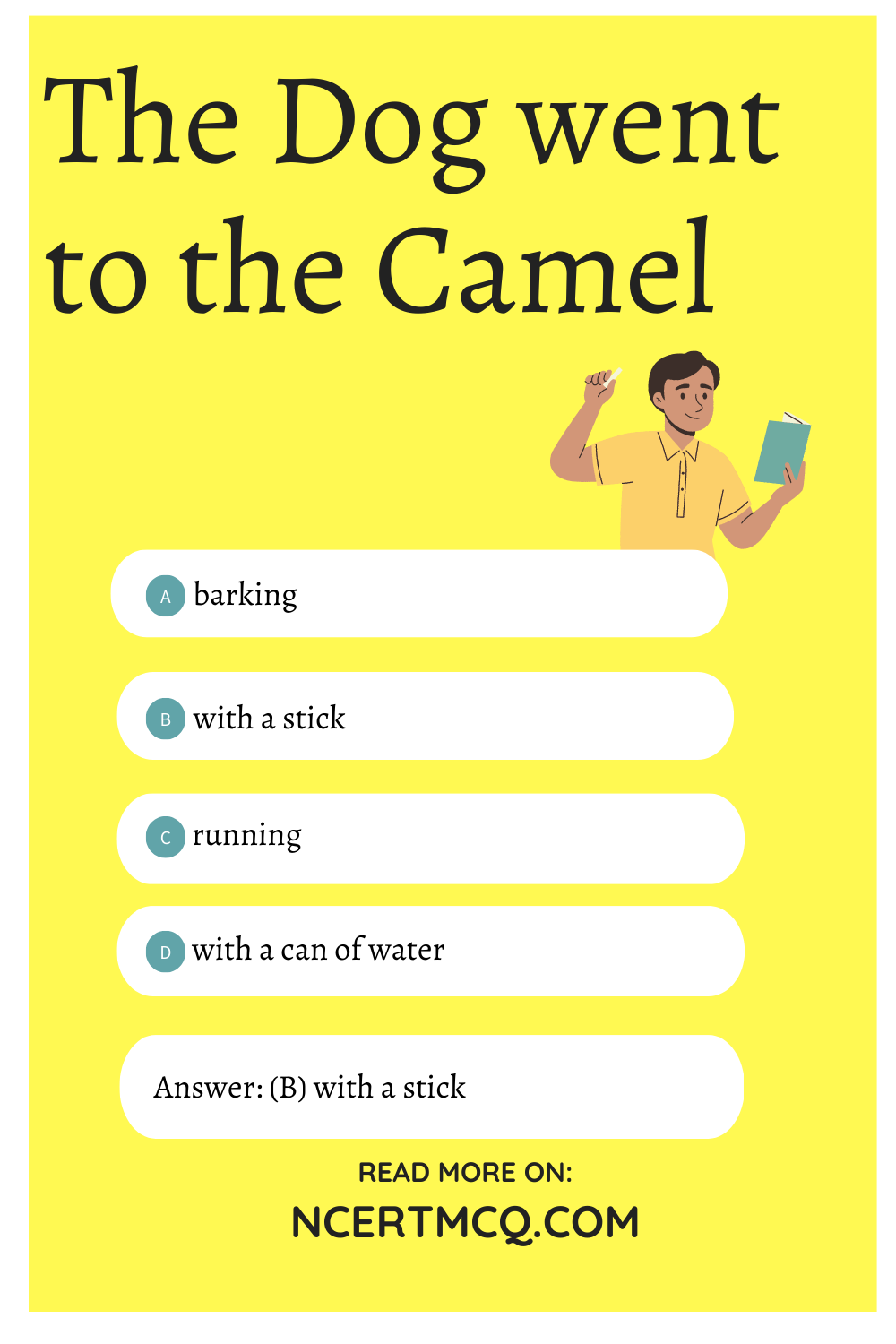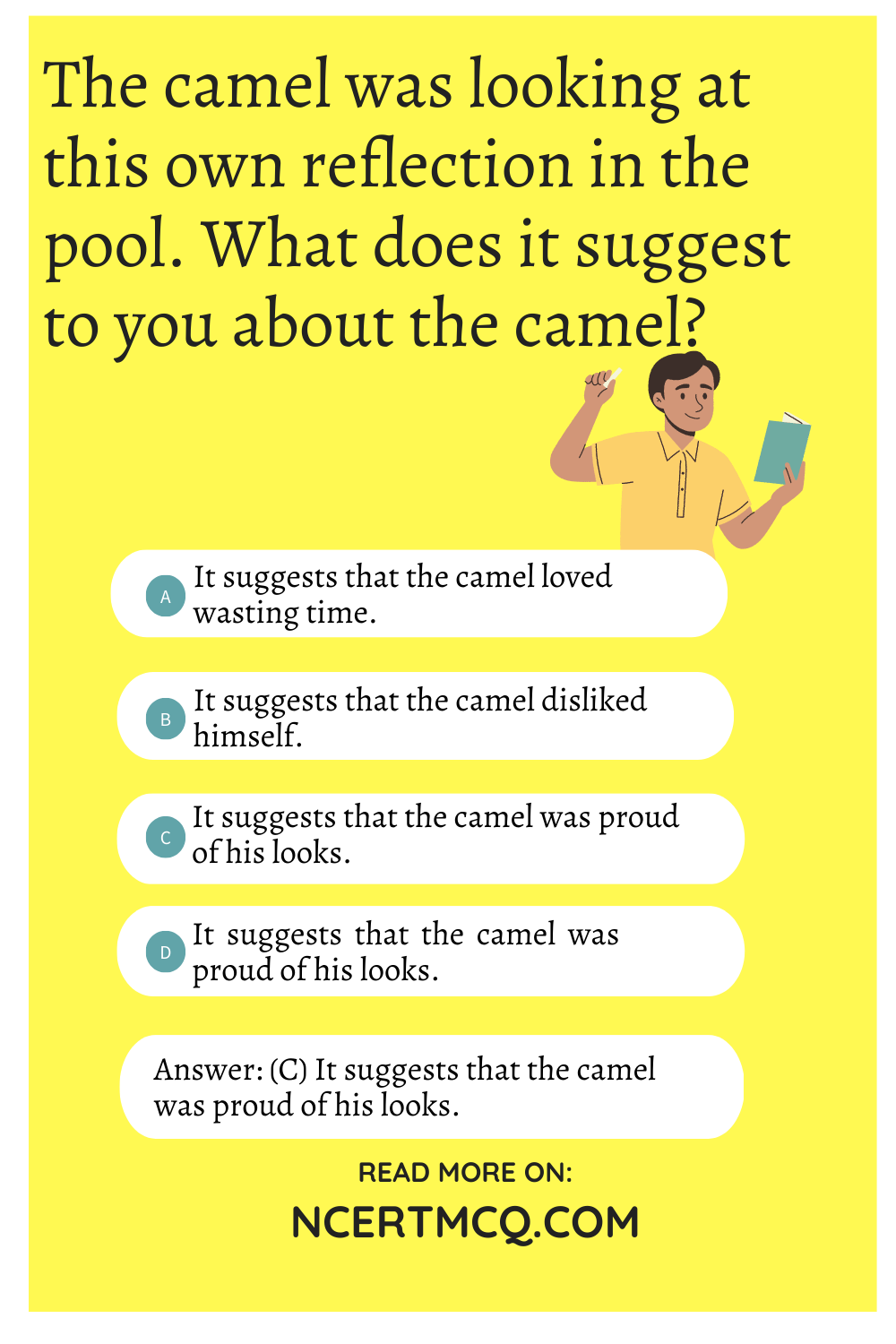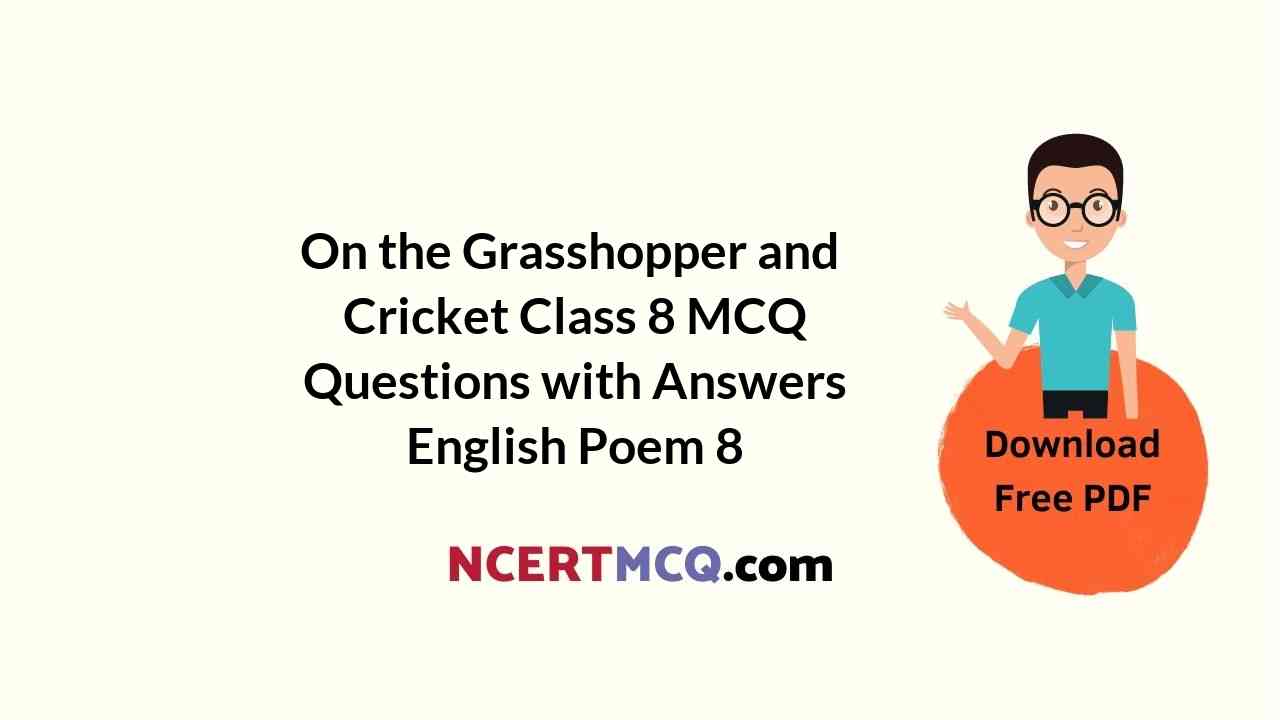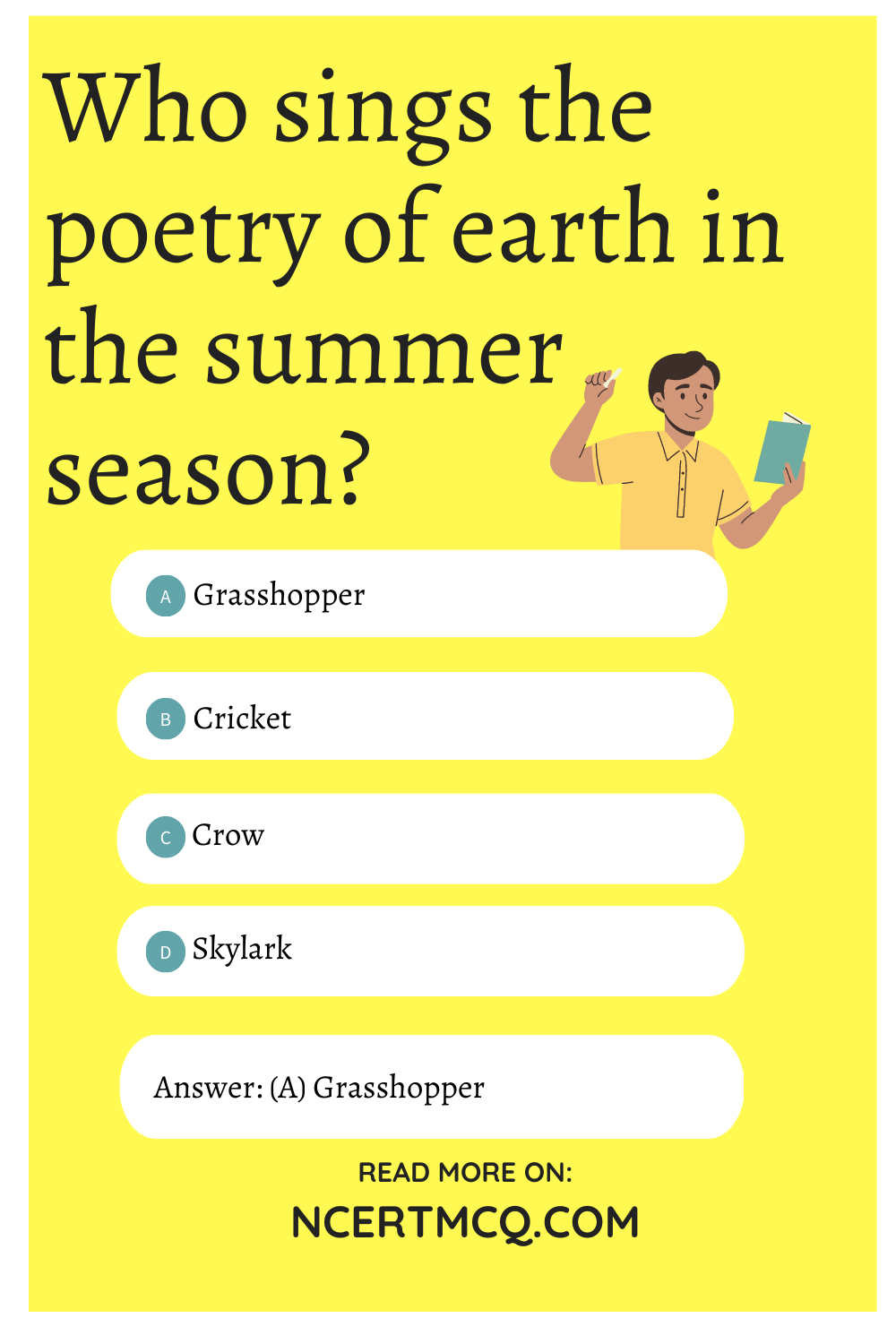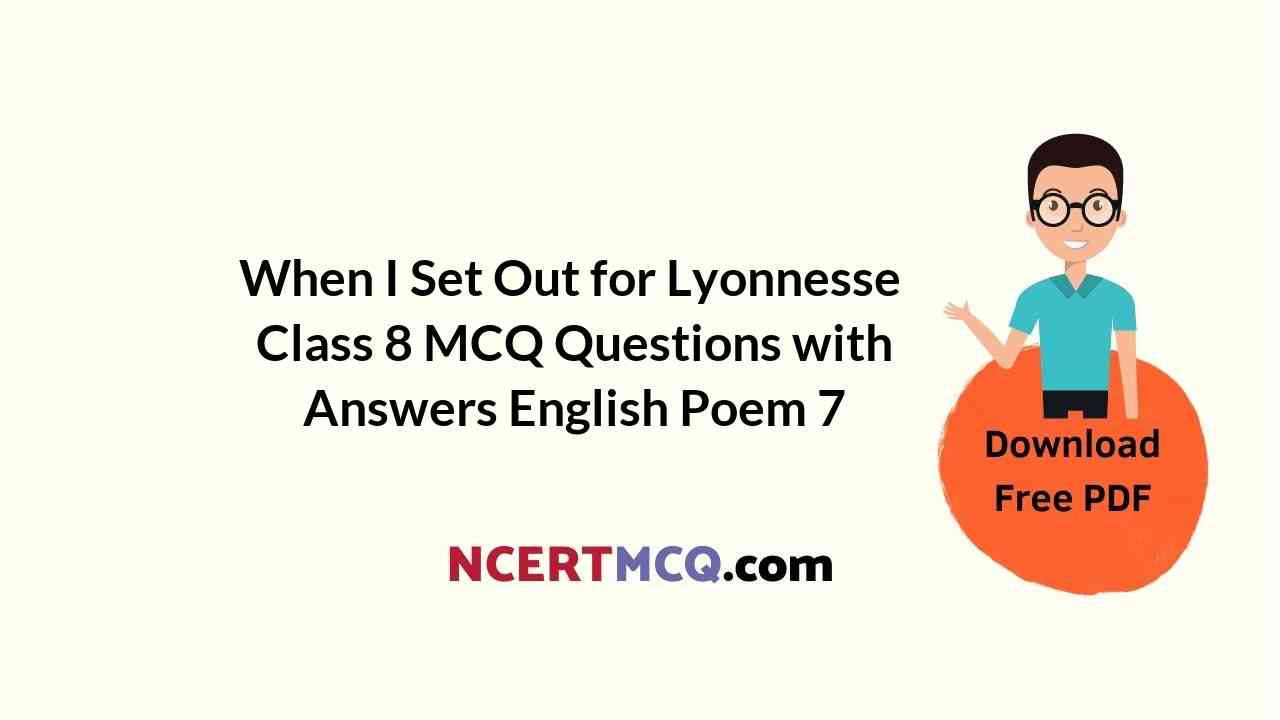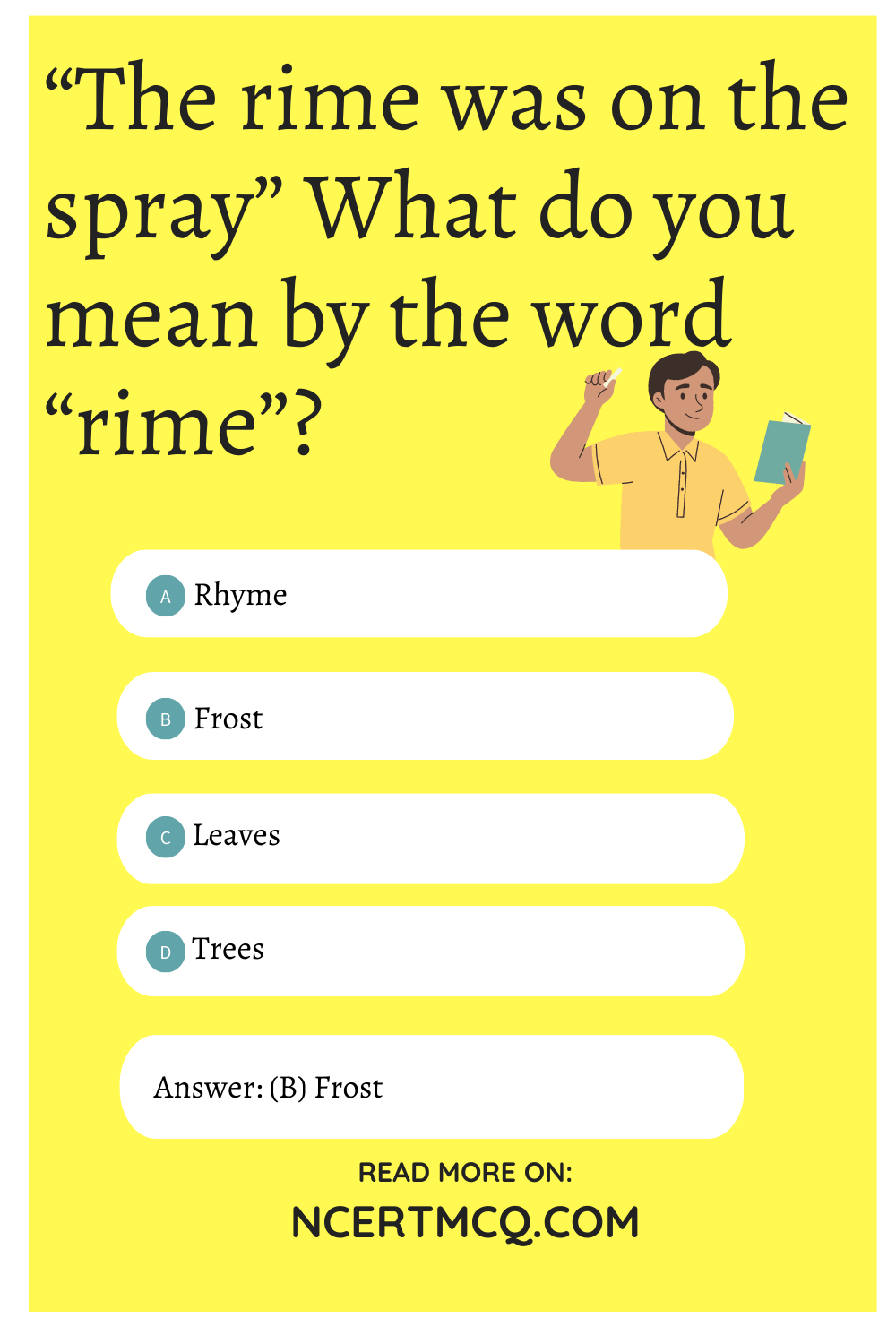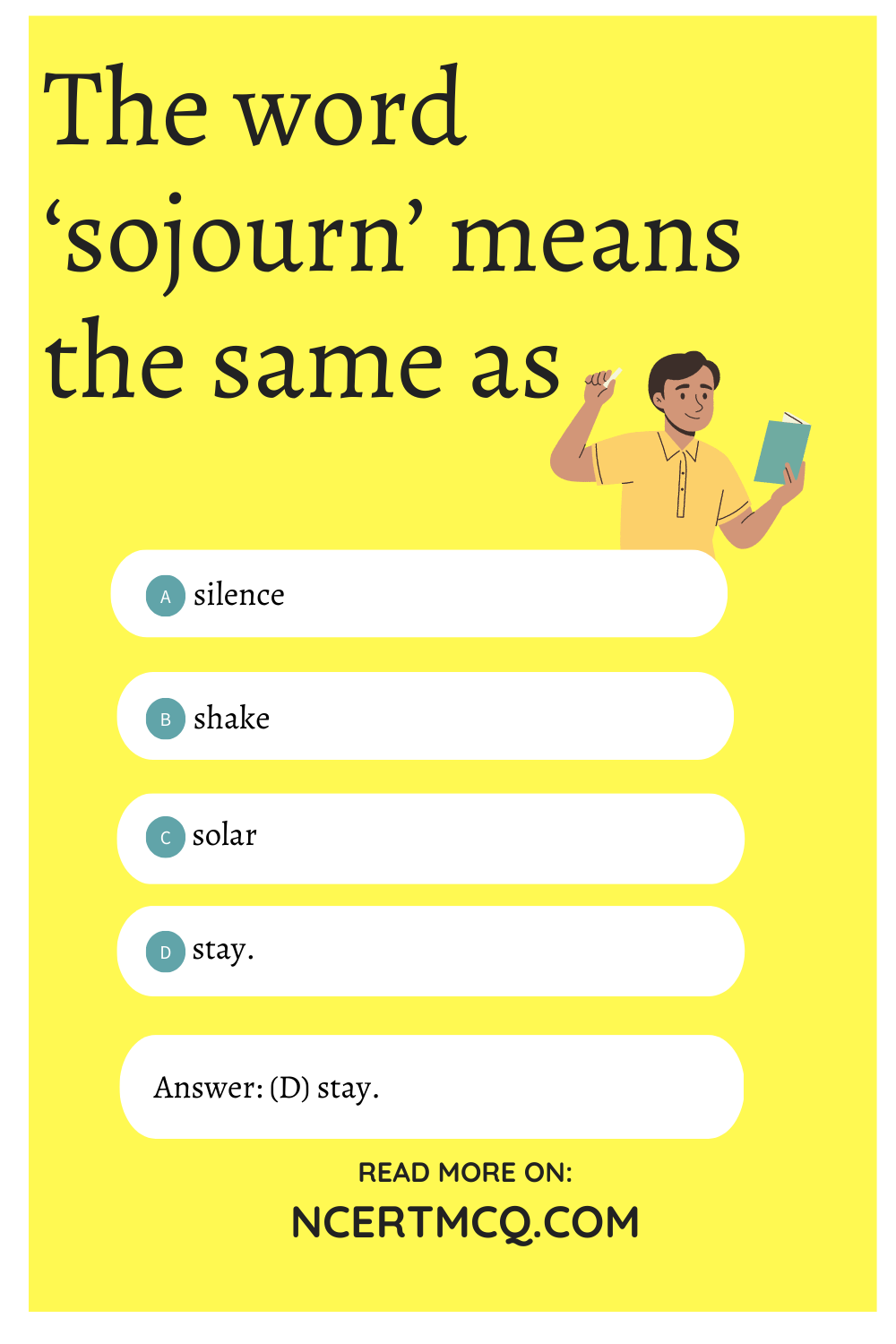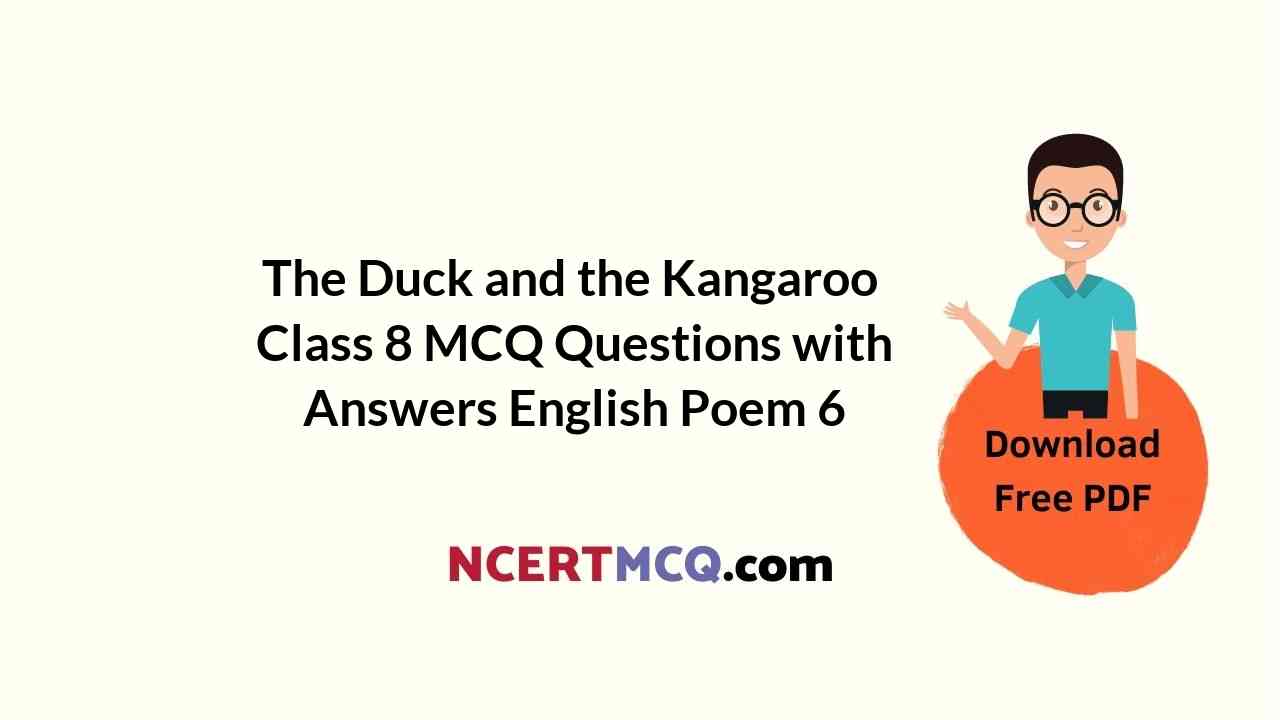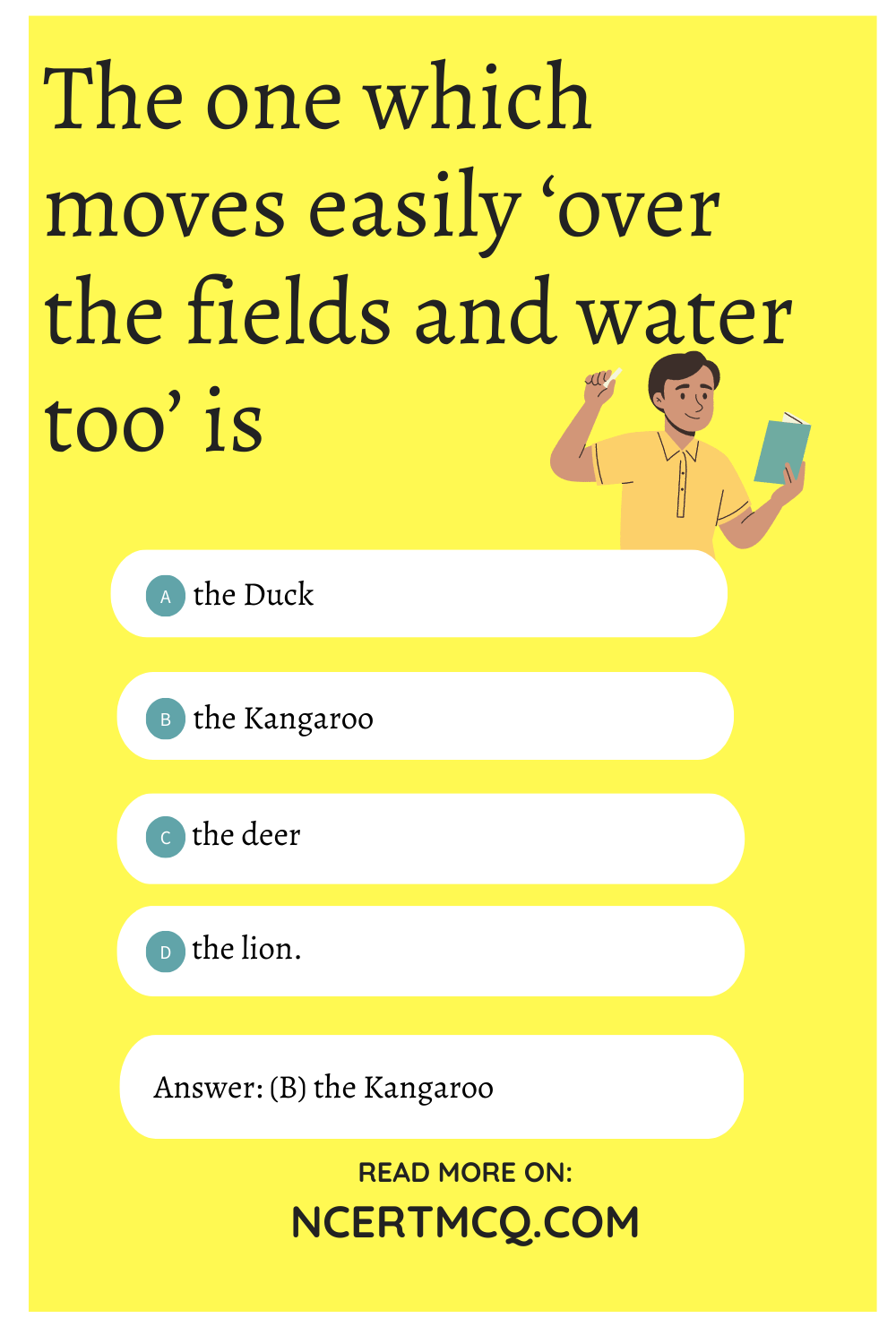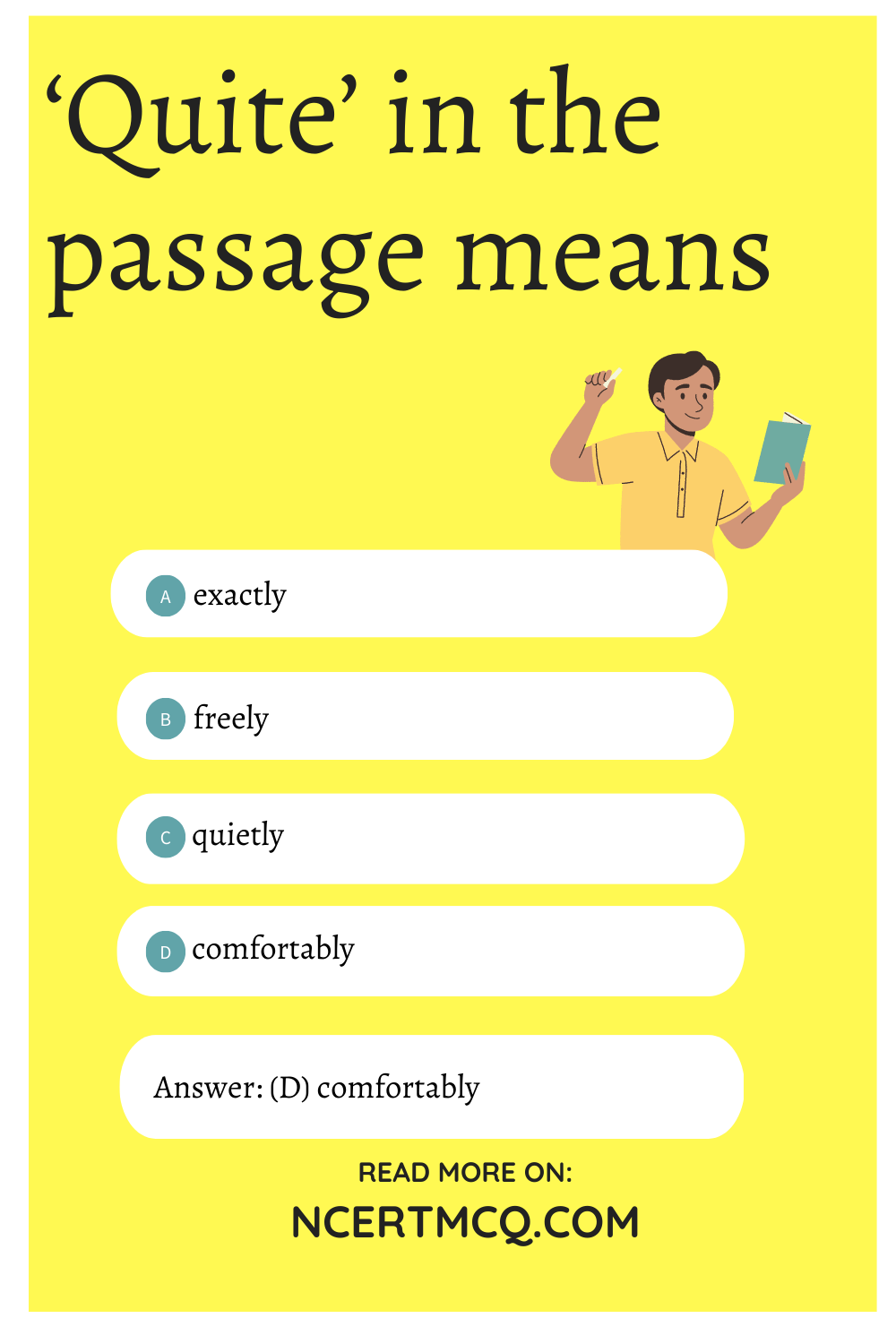Check the below NCERT MCQ Questions for Class 8 English It So Happened Chapter 7 The Open Window with Answers Pdf free download. MCQ Questions for Class 8 English with Answers were prepared based on the latest exam pattern. We have provided The Open Window Class 8 English MCQs Questions with Answers to help students understand the concept very well. https://ncertmcq.com/mcq-questions-for-class-8-english-with-answers/
Students can also visit the most accurate and elaborate NCERT Solutions for Class 8 English It So Happened (supplementary) Chapter Chapter 7 The Open Window Question Answer. Every question in the textbook has been answered here.
MCQ Questions for Class 8 English It So Happened Chapter 7 The Open Window with Answers
The Open Window MCQ Class 8 Question 1.
“My aunt will be down presently.” In this sentence ‘presently’ means
(a) after some time
(b) soon enough
(c) late
(d) not at all
Answer
Answer: (b) soon enough
The Open Window Class 8 MCQ Question 2.
Framton Nuttel was being treated for
(a) nerve cure
(b) cancer
(c) TB
(d) fever
Answer
Answer: (a) nerve cure

The Open Window MCQ Questions With Answers Class 8 Question 3.
Nuttel had in the words of his sister.
(a) complete faith
(b) no faith
(c) not enough faith
(d) much faith
Answer
Answer: (c) not enough faith
MCQ Of The Open Window Class 8 Question 4.
There had been ‘sufficient silent communion’ between Framton and
(a) Sappleton
(b) Mrs. Sappleton
(c) Ronnie
(d) Vera
Answer
Answer: (d) Vera
The Open Window MCQ Questions Class 8 Question 5.
Vera spoke of a great tragedy which happened when
(a) Framton’s sister was in the village
(b) Framton’s sister had not yet come there
(c) Framton’s sister had left the village
(d) Framton was not even born
Answer
Answer: (c) Framton’s sister had left the village
Open Window MCQ Class 8 Question 6.
Vera said the window was kept open because her aunt believed that her husband (who was otherwise dead)
(a) would walk in through it
(b) would love to see it open
(c) would come in the shape of a ghost
(d) would come in with other ghosts
Answer
Answer: (a) would walk in through it
Question 7.
Framton was horrified by what Mrs. Sappleton said because
(a) she was telling a horrible story
(b) of the impact on his mind of Vera’s lie
(c) he thought that she was a ghost
(d) he had a sudden pain
Answer
Answer: (b) of the impact on his mind of Vera’s lie
Question 8.
“He was once hunted into a cemetery somewhere on the banks of the ______ by a pack of dogs”
(a) Ganges
(b) Countryside
(c) Village
(d) Yamuna
Answer
Answer: (a) Ganges
Question 9.
Who was Framton about to have a collision with?
(a) Mrs Supleton
(b) Mrs Suppleton’s husband
(c) Cyclist
(d) Sapien
Answer
Answer: (c) Cyclist
Question 10.
“and one of them was additionally burdened with a _____ hung over his shoulders”
(a) White coat
(b) Guns
(c) Sapiens
(d) None of the above
Answer
Answer: (a) White coat
Question 11.
Why was the child looking through the window with dazed horror in her eyes?
(a) She saw a ghost
(b) She saw Mrs Sappleton’s husband and two brothers coming
(c) She was afraid that everyone would come to know about her made-up story
(d) Both b and c
Answer
Answer: (d) Both b and c
Question 12.
Did they appear to Mrs Sappleton as they were muddy up to the eyes?
(a) Yes
(b) No
(c) Maybe
(d) Not mentioned in the story
Answer
Answer: (b) No
Question 13.
What suddenly caught Mrs Sappleton’s attention?
(a) Framton’s detail about his illness
(b) Her husband and three brothers
(c) Vera
(d) None of the above
Answer
Answer: (b) Her husband and three brothers
Question 14.
Was Framton aware that her hostess was giving him only a fragment of her attention?
(a) Yes
(b) No
(c) Maybe
(d) Not mentioned in the story
Answer
Answer: (a) Yes
Question 15.
“ That is why the window is kept open every evening till it is quite ____.”
(a) Dawn
(b) Night time
(c) Morning
(d) Dusk
Answer
Answer: (d) Dusk
Question 16.
How has the niece been described?
(a) Not confident
(b) Self-possessed
(c) Cheerful
(d) Anxious
Answer
Answer: (b) Self-possessed
Question 17.
“You may wonder why we keep that window wide open on an _______ afternoon”
(a) October
(b) November
(c) December
(d) March
Answer
Answer: (a) October
Question 18.
“ An undefinable something about the room seemed to suggest_________ habitation”
(a) Masculine
(b) Feminine
(c) Animal
(d) Human
Answer
Answer: (a) Masculine
Question 19.
How many years ago did his sister stay in the country?
(a) Seven
(b) Four
(c) Five
(d) Six
Answer
Answer: (b) Four
Question 20.
Why had he come to the country?
(a) For retirement
(b) For enjoyment
(c) For nerve cure
(d) All of the Above
Answer
Answer: (c) For nerve cure
Question 21.
What was the niece’s name?
(a) Vera
(b) Vara
(c) Vira
(d) Vari
Answer
Answer: (a) Vera

Question 22.
Who is the writer of the lesson “The open window”?
(a) T.S. Eliot
(b) Pablo Neruda
(c) Ruskin Bond
(d) H. H. Munro
Answer
Answer: (d) H. H. Munro
Short Answer Type Questions
Question 1.
What did Framton Nuttel do to cure his bad nerves ?
Answer
Answer: Framton Nuttel went to a calm and quiet place in the countryside. He thought that it would be helpful in the treatment of his mental illness.
Question 2.
What did Framton know about Mrs. Sappleton ?
Answer
Answer: He did not know whether Mrs. Sappleton was married or a widow. He knew only her name and address.
Question 3.
The young girl referred to a tragedy. When did it happen ?
Answer
Answer: The young girl told Framton that a great tragedy had happened in the family. It happened about three years ago.
Question 4.
Why was the French window kept open ?
Answer
Answer: Mrs. Sappleton’s husband and her two young brothers went out for shooting through that window. Her aunt thought that they would return through the same window. That is why it was kept open.
Question 5.
What was the great tragedy that the girl referred to ?
Answer
Answer: The great tragedy concerned Mrs. Sappleton’s husband and her two young brothers. One day, three years ago, they went out for hunting birds along with their dog. All of them were swallowed up in the marsh. Their bodies were never recovered.
Question 6.
What has the aunt told the girl about the way the three went out for shooting ?
Answer
Answer: Mrs. Sappleton’s husband had carried his white waterproof coat over his arm. Ronnie, her youngest brother, was singing ‘Bertie, why do you bound ?’ as he always did.
Question 7.
“I hope Vera has been amusing you ?” she said. Was it really so ?
Answer
Answer: No, Vera had not been amusing Framton. On the other hand, she disturbed his peace of mind by telling him a false story. Yet Framton thought that she had been amusing him. It is a fine example of Saki’s irony.
Question 8.
What did Mrs. Sappleton tell Framton about the open window ?
Answer
Answer: Mrs. Sappleton told Framton that her husband and brothers had gone out. They were out to shoot water birds in the marshes. They would come home directly through the open window. They always came in that way.
Question 9.
What did Framton Nuttel do after listening to it ?
Answer
Answer: He thought that the girl’s story about the three men was true. He found it horrible. So he made an unsuccessful effort to turn the talk to some other topic.
Question 10.
What was the doctor’s advice to Framton Nuttel ?
Answer
Answer: The doctor had advised him to take complete rest. Besides this, he was to avoid mental excitement and too much physical exercise.
We hope the given NCERT MCQ Questions for Class 8 English It So Happened Chapter 7 The Open Window with Answers Pdf free download will help you. If you have any queries regarding CBSE Class 8 English The Open Window MCQs Multiple Choice Questions with Answers, drop a comment below and we will get back to you soon.
